BRAIN Research: They Wish It Was Only Rocket Science
The next big push into brain imaging and research in both North America and Europe face ambitious goals and daunting challenges
Brains are difficult to picture. The surface of the human brain is very complex, covered by deep fissures, grooves, and ridges. This surface, called the cerebral cortex, is home to 100 billion neurons, or nerve cells, and it’s where our smarts reside. The folded, wandering surface allows more surface area—and thus, more processing power—in the limited container of the skull. Primates show widely varying degrees of convolution in their brains, as do other intelligent creatures like elephants. In fact, research neuroscientist Lori Marino at Emory University has found that dolphins have even more pronounced brain wrinkles than humans in order to understand their complicated social relations and three-dimensional environment. To understand how the brain works, it’s necessary to map this complex topography.
Extreme Samples
Considering everyone has one, and we use it all the time, it’s surprising how little we know about the brain and its inner workings. The size of a brain does not really correlate to intelligence. How much brain do we even need? In 2007, news broke about a French civil servant who managed to complete his job without issues, all the while, the majority of his brain was missing! Neurologists claimed that from the image alone, it was apparent his brain had suffered “more than a 50% to 75% reduction.” Past research would indicate that his intelligence would be obscure and his ability to work as a French civil servant unlikely. This study hypothesized that this man was functioning properly due to brain adaptation over time (or perhaps his job was very easy).
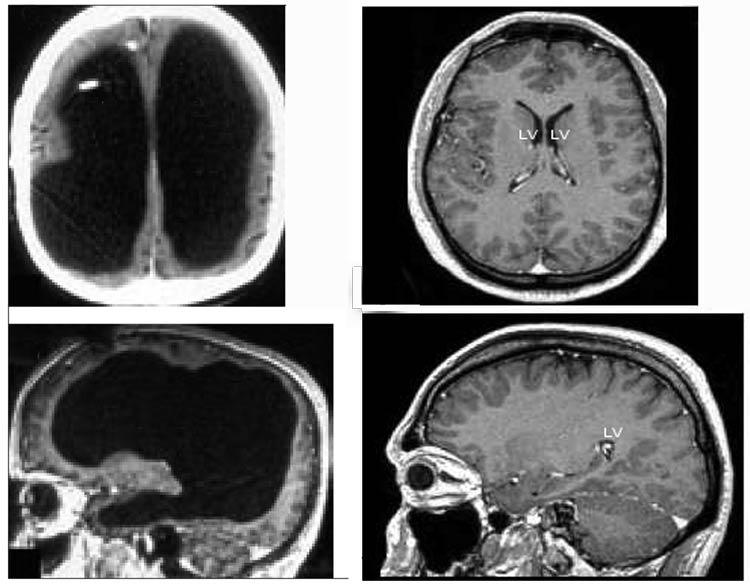
Another revelation from brain imaging offers a clue to why Albert Einstein was abnormally intelligent, and points to the nature of his intelligence. We’ve all heard that the right brain is creative and the left brain is analytical. In Einstein’s case, researchers found that the connection between both sides, called the corpus callosum, was thicker than the average, allowing him not only to develop and articulate his theories but to put them into practice too!
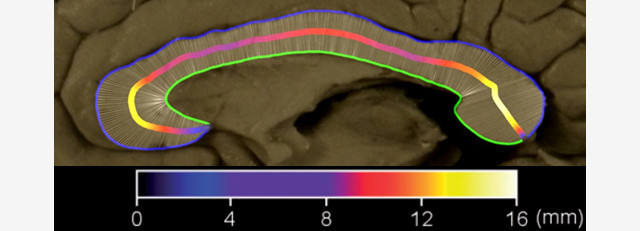
It goes to show that cases of functionality of the brain can differ drastically. It is not as mundane as differing personality traits. The way that brains work and the necessity to understand their complexity is beyond our current technological capacity. There is an unimaginable amount of information about the brain to be discovered. This is why initiatives such as BRAIN are working toward eliminating this scientific barrier.
The Next Smarty-Pants Research Project
“The human brain is the most complex biological entity in the known universe and understanding how it works—that is, how its molecules, cells, circuits and systems enable behaviour, perception, thought and emotion—is the overarching goal of neuroscience.”
— L. Jorgenson, W. Newsome, et al.
The fact that we don’t understand the brain is not for lack of wanting to. In fact, it’s been the technologies that have limited progress in brain research over the years. Our reach has exceeded our grasp. This looks set to change: in the last ten years, technological advances have created entirely new possibilities for studying the brain. Innovative technologies from disparate disciplines are now converging, and together they will dramatically change how we think about the brain.
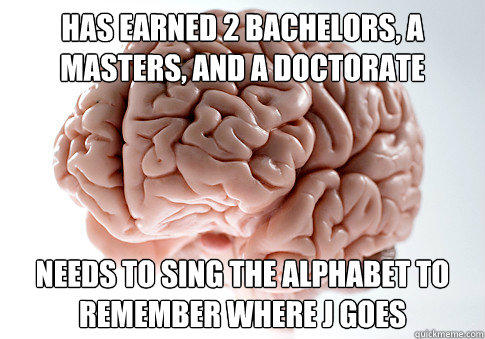
To facilitate exactly this, the Obama administration launched the Brain Research through Advancing Innovative Neurotechnologies (BRAIN) Initiative. Funding has even been supported by major companies like Google and General Electric. With over $300 million in funding, this initiative is aspiring to use brain imaging to unlock the mystery of traumatic brain injuries and diseases such as Alzheimer’s, ultimately leading to the discovery of cures (Lewis, 2014). The first part of the initiative will be to develop the technologies needed to do the research. Ultimately, the plan is for brain imaging to completely revolutionize our understanding of the brain’s complexities.
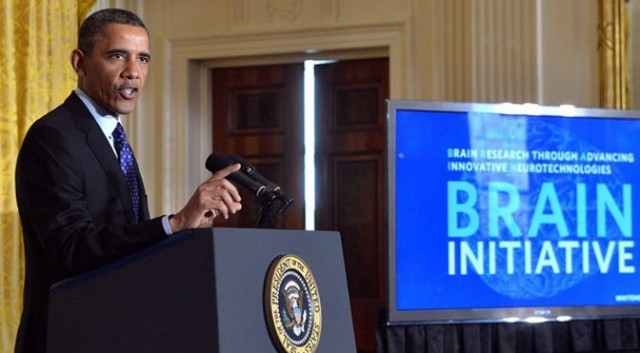
Image First to Understand
The National Institutes of Health (NIH) claimed that with the brain imaging technologies from this initiative, they will “produce the first dynamic view of the human brain in action, revealing how its roughly (100) billion neurons and its trillions of connections interact in real time” (Robbins, 2014). Robbins continues to lay out the seven main goals of the BRAIN Initiative:
- Identify the different types of neurons and the roles they play in health and disease
- Draw diagrams of the brain’s various circuits
- Develop technologies for producing clearer, more detailed pictures of the working brain
- Link specific brain activities to specific behaviors by using highly precise tools to activate and turn off neurons in different areas of the brain
- Develop new theories of how the brain functions based on better ways of analyzing and interpreting data
- Create teams of researchers and clinical doctors to use the latest neurotechnologies to alleviate mental disorders
- Apply all the new techniques to understanding how humans think, feel and understand
Theses goals are part of a 12-year strategy, described by NIH Director Francis S. Collins, M.D. Ph.D., who claimed, “there’s a big gap between what we want to do in brain research and the technologies available to take us there. These initial awards are focused on developing the tools and technologies needed to make the next leap in understanding the brain. This is just the beginning of a 12-year journey and we’re excited to be starting the ride.” Once they build the proper technologies for the elaborate research, they can then move forward in attaining results.

Two years after the launch of BRAIN, the first results have been released. This study involved controlling elements of a mouse’s brain through the use of a remote control. The neuroscientists were able to turn behaviours on and off, directing a mouse to walk, stop, ignore food, eat food. Simple actions, but the purpose is “for identifying brain wiring underlying any behavior, and controlling that behavior by activating and deactivating neurons” (Begley, 2015), as shown in#4 of the main goals of BRAIN. This particular study is looking for solutions for people suffering from schizophrenia.
A Massive Data Challenge
An imaging initiative of this scale will spark many different technological and scientific challenges. Before they can begin gathering results they need to figure out how to handle the resulting data. With such detailed information, the amount of data will be absolutely massive. While mapping brain activity will produce nearly as much data as the Large Hadron Collider, managing the sheer volume of information may turn out to be simplest challenge for brain researchers. Luckily, large companies like Google, who have partnered with the BRAIN initiative, are offering their tools. They will “develop software and infrastructure to handle the petabyte-scale data sets the projects are expected to generate” (Taylor, 2014). University research groups are also looking for ways to handle the inexhaustible data. Even more demanding will be figuring out what data to collect.
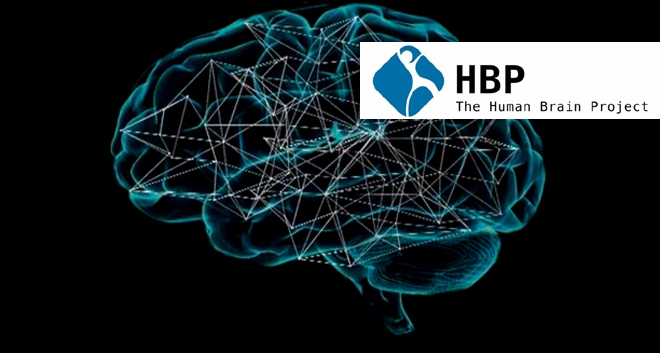
MORE Brain Initiatives
“The Human Brain is the most complex system that we know of. We would like to develop some kind of ‘google’ brain where we can zoom in and out, see it from different perspectives and understand how brain structure and function is related. The ultimate aim of the Human Brain Project is to understand the human brain. This is only possible when we understand the structural organization of the human brain.”
— Prof. Katrin Amunts, Institute of Neuroscience and Medicine, Forschungszentrum Jülich
Around the globe, research centers are joining the ranks of brain discoveries. One being JuBrain, a brain initiative run by the Jülich Research Centre in Germany. The initiative is looking to re-create an atlas for the brain, the last map was developed in 1909. “With 86 billion neurons and an equivalent number of glial cells, 10,000 synapses for every neuron that can be turned on and off, the brain certainly merits its own atlas”. The BigBrain Atlas, developed by an international team of researchers that include Amunts’ team and Canadian scientists from McGill University, has produced a three-dimensional atlas of the brain that has 50 times the resolution of previous maps, will be 3D, and attempt to cover all zones of the brain.
While this map, once completed, will measure in the terabytes, the team is already looking at the possibility of a reference image that shows true cellular resolution: closer to one or two micrometers, as opposed to the BigBrain Atlas’ 20 micrometers. This map would be petabytes in size and also run into the limits of how thinly real brain samples can be sliced and imaged. That’s driving new techniques to visualize arrangement of cells and nerve fibers inside intact brain tissue at very high resolution. One possible solution involves polarized light, while another involves removing the opaque, fatty content of the brain while keeping the remaining structures intact.
So completely new technologies are being developed to enable better imaging to enable better anatomical understanding to enable better medical care. It’s a revolutionary time for neuroscience. With multiple international brain initiatives, society is inching closer and closer to unlocking the mysteries of the human brain.
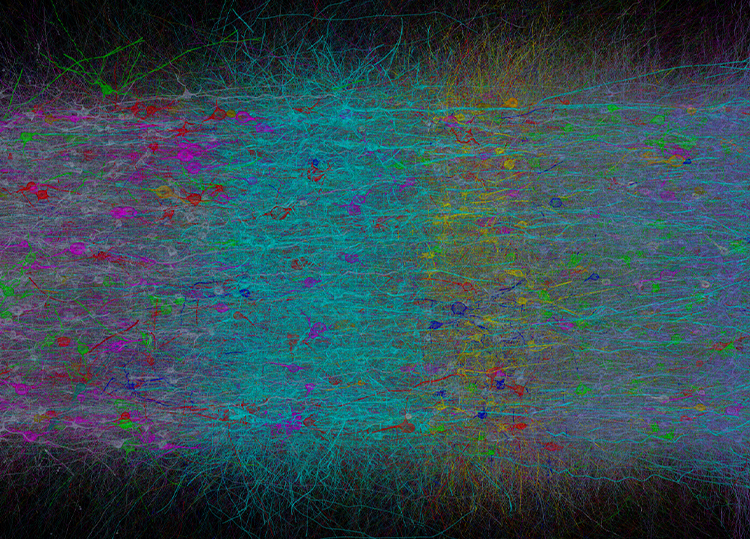
Looking Forward
One of the long-term objectives is the development of tools for the precise imaging of molecules, cells, and circuits in the human brain. Like the initiative, there is no clear date for when those goals will be achieved. According to the BRAIN timeline, “most effort is being expended on the mouse model system, but these techniques can and should be extended to other species as well.” The brain imaging tools will be precise as well as noninvasive.
Every experiment has its risk for failure, but taking risks brings you closer to achieving results. With significant commitments of resources and technology partnerships, scientists are well-positioned to gain new ground in their understanding of the complexities of the brain. The amount of lives it will ultimately improve is certainly well worth the venture. As shown from the first mice modeling tests, in just two years, scientists are showing progress.



 These Lovely Megapixels Might Save Our Lives
These Lovely Megapixels Might Save Our Lives  Dynamic X-ray Imaging: A Second Look, a New Diagnosis
Dynamic X-ray Imaging: A Second Look, a New Diagnosis 